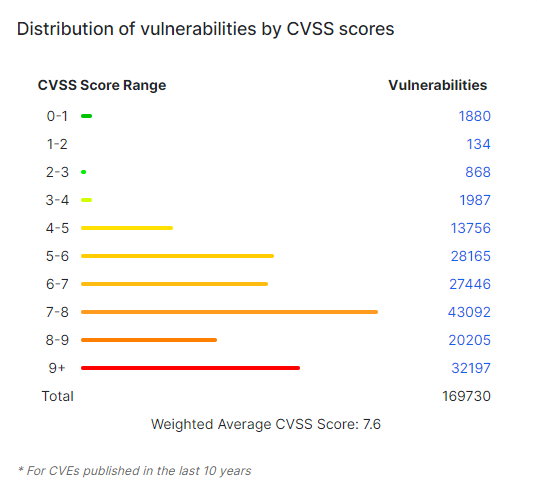
In the dynamic landscape of healthcare IT, where the stakes involve safeguarding sensitive patient data, the significance of regular software updates and patch management cannot be overstated. With three decades of experience under my belt, navigating the complexities of technology in healthcare, I've seen firsthand the critical role that timely updates play in maintaining a secure environment.
The Necessity of Regular Updates
Software updates do more than just introduce new features or improve performance; they often contain vital security patches that address vulnerabilities discovered since the last update. Cybercriminals are continually searching for exploits in software, and these vulnerabilities offer them the perfect entry point to your systems. Neglecting software updates is akin to leaving your front door unlocked: it's only a matter of time before an opportunistic thief walks in.
The Role of Patch Management
Patch management is the systematic notification, identification, deployment, and verification of updates to software and systems. In a healthcare setting, where various systems and devices are interconnected, managing patches becomes a complex but essential task. Effective patch management ensures that all components of the IT ecosystem are up-to-date and secured against known vulnerabilities.
5 Key Strategies for Effective Patch Management
- Automate Where Possible: Automation tools can identify, deploy, and verify patches across your systems, reducing the risk of human error and ensuring timely updates.
- Prioritize Based on Risk: Not all patches are created equal. Evaluate the security risks associated with each vulnerability and prioritize patches that address the most critical issues.
- Test Before Deployment: Before rolling out a patch across the network, test it in a controlled environment to ensure it doesn't disrupt operations or introduce new issues.
- Maintain an Inventory of Assets: Keep an up-to-date inventory of all hardware and software assets. Knowing what you have is the first step in ensuring everything is properly patched.
- Educate Your Team: Make sure your team understands the importance of patches and updates. Encourage them to maintain their devices and software, and report any issues that may arise during the process.
This chart highlights a simple yet powerful truth: consistent and thorough patch management directly correlates with a reduced number of security incidents. In the realm of healthcare IT, where the integrity of patient data is paramount, this practice is not just recommended; it's essential.
The cybersecurity landscape is perpetually shifting, with new threats emerging daily. In this environment, regular software updates and diligent patch management are not just best practices—they're critical components of a comprehensive cybersecurity strategy. By embracing these practices, healthcare providers can significantly mitigate the risk of cyberattacks, protecting both their patients and their practice. Remember, in the battle against cyber threats, complacency is the enemy. Let's stay vigilant, proactive, and always one step ahead.



